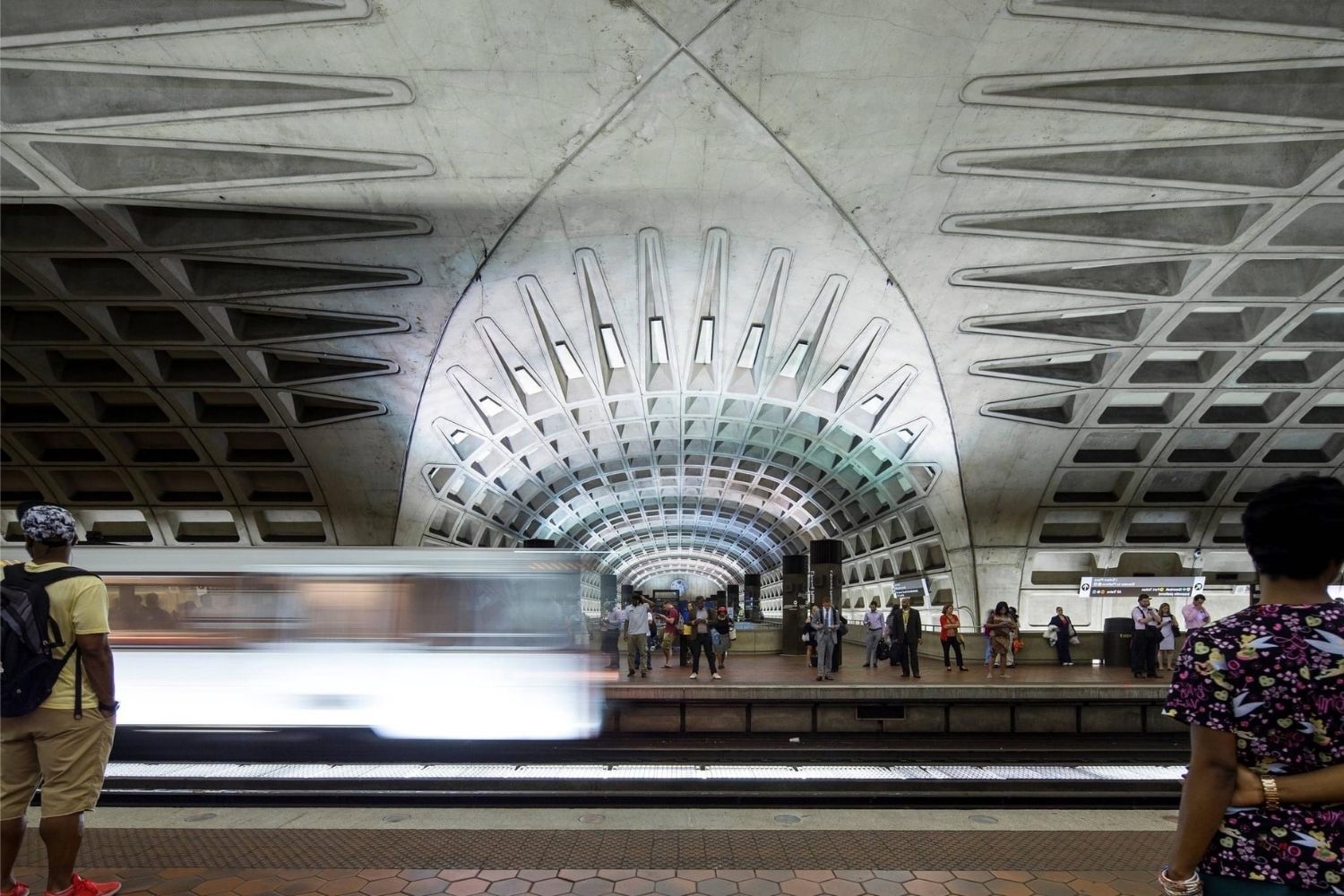
Washington Metropolitan Area Transit Authority (WMATA), often called Metro, is a vital part of daily life for many in the D.C. area. But how much do you really know about it? Did you know WMATA operates one of the busiest rapid transit systems in the United States? From its iconic Metrorail to its extensive bus network, WMATA keeps the nation's capital moving. Whether you're a daily commuter or a curious visitor, understanding more about this transit system can make your travels smoother and more interesting. Ready to learn some surprising facts about WMATA? Let's dive into the details that make this transit system unique.
History of WMATA
The Washington Metropolitan Area Transit Authority (WMATA) has a rich history that dates back several decades. Here are some fascinating facts about its origins and development.
-
WMATA was created by an interstate compact in 1967, signed by the District of Columbia, Maryland, and Virginia. This compact aimed to create a unified transit system for the Washington, D.C. metropolitan area.
-
The first segment of the Metrorail system opened on March 27, 1976. This initial segment was a 4.6-mile stretch of the Red Line, running from Farragut North to Rhode Island Avenue.
-
WMATA's Metrorail system was designed by architect Harry Weese. His vision included the iconic vaulted ceilings and spacious stations that are now synonymous with the Metro.
The Metro System
The Metro system is the backbone of WMATA, connecting various parts of the D.C. metropolitan area. Let's delve into some intriguing aspects of this extensive network.
-
The Metrorail system consists of six color-coded lines: Red, Blue, Orange, Silver, Yellow, and Green. Each line serves different parts of the region, making it easier for commuters to navigate.
-
WMATA's Metrorail system spans over 117 miles and includes 91 stations. This extensive network makes it one of the largest rapid transit systems in the United States.
-
The busiest station in the Metrorail system is Union Station. This major transportation hub serves as a connection point for Amtrak, MARC, and VRE trains, as well as local buses.
Buses and Beyond
While the Metrorail system is a significant part of WMATA, the authority also operates an extensive bus network. Here are some interesting facts about WMATA's bus services.
-
WMATA's Metrobus system operates over 1,500 buses on 325 routes. These buses serve the District of Columbia, Maryland, and Virginia, providing essential transportation options for residents.
-
The Metrobus fleet includes hybrid-electric and compressed natural gas (CNG) buses. These environmentally friendly options help reduce emissions and promote sustainability.
-
WMATA's bus services cover more than 11,500 bus stops. This extensive network ensures that even areas not directly served by Metrorail have access to public transportation.
Safety and Security
Safety and security are paramount for WMATA. The authority has implemented various measures to ensure the well-being of its passengers.
-
WMATA employs its own police force, the Metro Transit Police Department (MTPD). This specialized police force is responsible for ensuring the safety and security of passengers and staff across the transit system.
-
The MTPD uses a combination of uniformed and plainclothes officers to patrol the transit system. This approach helps deter crime and ensures a visible security presence.
-
WMATA has implemented numerous safety features, including emergency call boxes, surveillance cameras, and regular safety drills. These measures help maintain a secure environment for all passengers.
Final Thoughts on WMATA
WMATA, or the Washington Metropolitan Area Transit Authority, is more than just a transit system. It’s a lifeline for millions, connecting people to work, school, and leisure. With its extensive network of buses and trains, WMATA plays a crucial role in reducing traffic congestion and promoting sustainable transportation. The system’s history, from its inception in 1967 to its continuous expansion, showcases its importance to the region. Despite challenges like funding issues and maintenance needs, WMATA remains committed to improving service and safety. Understanding these facts about WMATA not only highlights its significance but also underscores the need for ongoing support and investment. Whether you’re a daily commuter or an occasional rider, appreciating the complexities and contributions of WMATA can enhance your transit experience. So next time you hop on a Metro train or bus, remember the vital role WMATA plays in keeping the Washington, D.C. area moving.
Was this page helpful?
Our commitment to delivering trustworthy and engaging content is at the heart of what we do. Each fact on our site is contributed by real users like you, bringing a wealth of diverse insights and information. To ensure the highest standards of accuracy and reliability, our dedicated editors meticulously review each submission. This process guarantees that the facts we share are not only fascinating but also credible. Trust in our commitment to quality and authenticity as you explore and learn with us.
